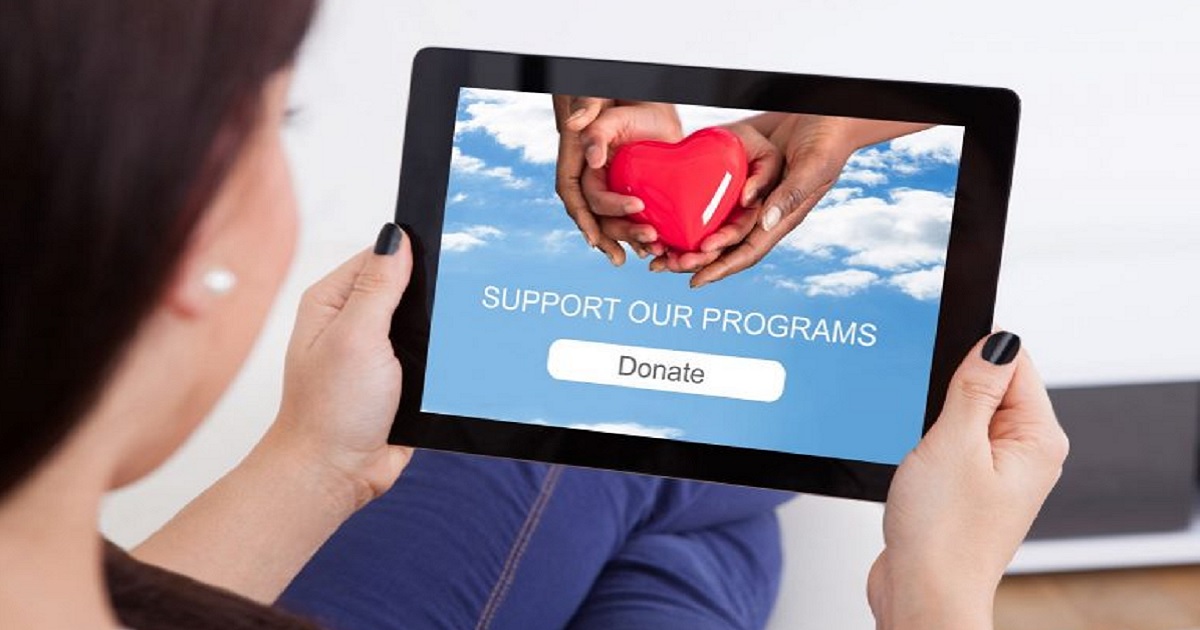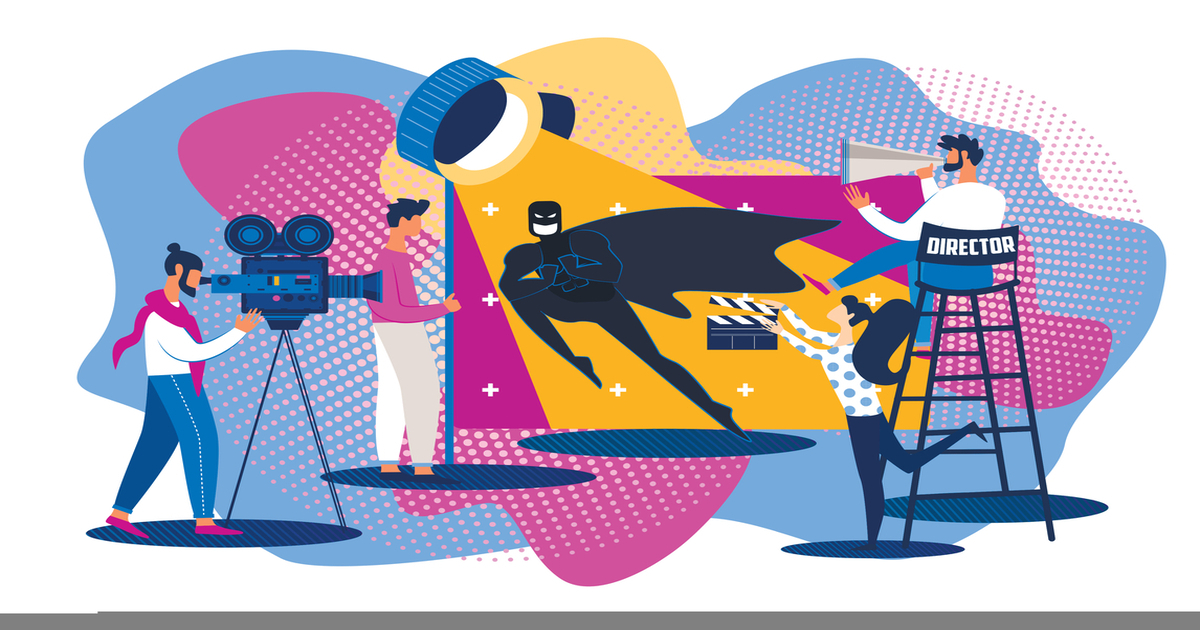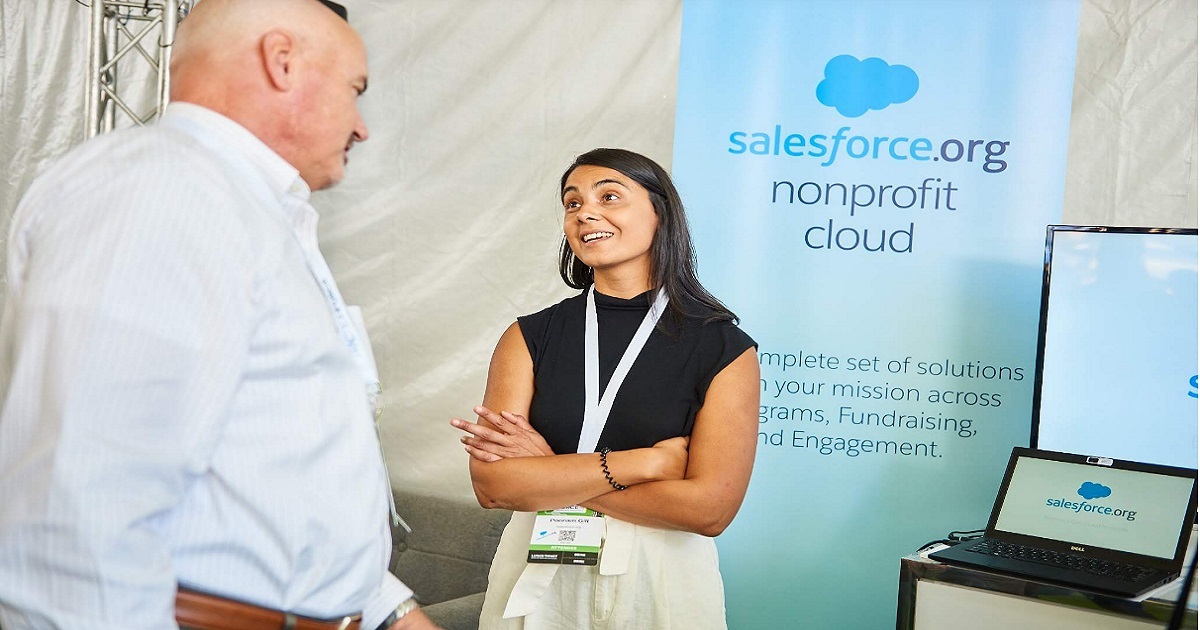
Nonprofit Management
Article | July 28, 2022
In recent weeks all business sectors across America have made significant transitions with their work force and have overcome huge hurdles to their success in response to the Covid-19 pandemic. Employees everywhere are doing their best to meet the goals expected of them in a time of intense uncertainty and rapid change. The nonprofit sector is one industry that has faced unique challenges due to the pandemic.
Read More

Nonprofit Management
Article | July 12, 2022
Poor website health may be impacting your non-profit organization's business. Without a question, the basis of your digital presence is a high-performing website. However, it is easy to let other concerns take precedence over website health, especially if it is not your area of expertise.
Healthy websites guarantee long-term success, increased reach, and more engagement. This is critical for organizations in terms of community involvement and giving. Healthy sites are also optimized for all users and free of flaws that might degrade the user experience. Poor website health, on the other hand, might result in a loss of visitors and search engine ranks.
When it comes to search engine optimization, website health is equally vital (SEO). Sites that load quicker and have fewer difficulties will rank higher in search.
How to Improve Website Health?
Speed up your site pages:
Visitors will not wait for a sluggish site to load in this day of immediate gratification. If your pages do not load immediately, you will make a poor first impression.
Fix 404 errors and reduce redirects:
Broken links are ones that produce the error message "404 Page Not Found." Error pages might disrupt the crawling of your website, lowering your search ranks. This informs search engines that you are not giving a decent user experience, which will lower your search rankings.
Decrease image file sizes:
Image files are huge and consume a lot of storage space. Large files might cause your site to slow down and take a long time to load. Reduce file sizes and compress all photos to enhance website health.
Optimize for mobile:
Google has stated that mobile speed is taken into account by the ranking algorithm. Your website should ideally operate on all devices.
Create grammar-free, relevant content:
Content is important in all marketing activities, so it's no surprise that it affects website health. Great content is the key to success since search rankings, engagement, and conversions are all dependent on it.
Optimize for search:
SEO is the process of improving your website's ranking on search engines. This is one of the most crucial aspects of maintaining a good website. A good SEO strategy brings traffic to your website without costing any money.
Read More

Nonprofit Management
Article | July 29, 2022
Having worked in Hollywood for most of my career, it will come as no surprise to anyone that I champion the power of film for storytelling. However, as my life has headed down a different route, one of philanthropy and charity work, it has become increasingly apparent that the role of film in philanthropy is a crucial one and one that should never be underestimated.
Unless they see something with their own eyes, people can find it hard to translate what they read on a page into reality. This is where the power of film for philanthropy comes in. By showing people the facts of a situation, you bring that into their lives, and you pique their interest. You create a connection between the viewer and the charity so that connection can be built upon to gain more support. I had seen this connection first-hand recently when I helped make videos for the 'Children of War Foundation' that highlighted the stories of the refugee students at COWF's School of Dreams. At that point, I had numerous friends who contacted me, saying how they were moved by the content and how they immediately donated after seeing these stories.
Philanthropy depends on sharing our experiences, both good and bad, in order to share struggles and achievements. By filming on-the-ground in war zones, or gaining access to share footage of sensitive situations, we can reach people and make them aware of what is happening, and how they can help.
Using video footage, a charity or a campaign can amplify their message and support 1,000-fold. It has been proved that donations increase once a video appears on a website or on a social media platform showing the suffering it is trying to help. Having worked on a Facebook/Instagram show, I have learned the importance of content being "shareable" and the massive amount of impact and views content can have if it is.
Let me explain a little about why I have come to these conclusions and what drives me. Through film, I can address and contribute solutions to broader world issues; that is my purpose and ambition now. I know how to create films in a way that inspires people and drives them to action. Unfortunately, many non-profits don't know how to utilize storytelling through film, so if I see a way that I can use media to help their cause, I will offer my expertise free of charge, and urge philanthropists, in general, to investigate how they can use film to share their message.
One recent example is when I was invited just this past week at the Cannes Film Festival to watch and speak at a round-table discussion for multiple short-form videos made by the UN Refugee Agency (UNHCR), showcasing the various stories of refugees they have worked with. It was clear to me and others attending how important the messages of this content were, and it sparked a big discussion of how to further this kind of impact by sharing refugee stories in a way that is compelling and understandable to a wider audience.
Images Need to Have Impact
And now to the Children of War foundation (COWF), which has taught me so much about philanthropy and how charities work. I have traveled to regions from Jordan to Navajo Nation to document the foundation's work so that they can promote it on their website, in the media, and on their social media platforms. Most recently, I traveled for COWF to Ukraine to deliver medical supplies to two hospitals. Traveling through warzones with both active bombings and absolute destruction from past attacks, I saw things I never thought I would encounter. It was both the most rewarding and terrifying experience of my life, but it was essential. By making that journey and shooting footage of the realities of war, I am helping share the work and mission of COWF and in turn, that of so many charities risking lives to help the innocent civilians caught up in this and other atrocities around the world.
Having traveled to and filmed in refugee camps, most recently to Jordan with my daughters Sophia and Georgia last winter, I know first-hand the impact of war on children. But I have also seen how my films have brought about awareness and support from a greater audience for the charities I help, and this is where my commitment lies.
The images we see of the refugee crises around the world are not impactful enough. We need to show the harsher images so that the world grasps the severity of the situation and the everyday human toils, while also understanding that people are people, and making that connection to close the gap of the too well-shared idea of "us and them" when it should be just "us."
Clearly, women and children are often the most hard-hit in these wars, but unfortunately, they are also the most overlooked. Because of this, I am a strong proponent of showcasing their stories specifically but also pushing the idea of sustainable aid. The average refugee is displaced for 15-20 years, which is the entire childhood for kids who were displaced at a younger age, making it all the more important to ensure they have access to education and opportunities wherever they are. When sharing this information and pushing for sustainability, helps to educate a greater audience and break the cycles of giving short-term aid that often may not solve the real root issues.
Of late, I have frequently said that the Ukraine war is the first TikTok war - the first whereby imagery of those involved on-ground is shared as much as that filmed by mainstream media. This is good; it is getting the horrors of war out there for all to see directly. While this information is often brutally honest, by being subjected to these images, we are given the truth of the situation and often compelled to help.
Cinematography is prompting philanthropic action. I find it hard to take any positives from the current global situation. However, in such scenarios, ordinary people like you and I have often responded to the call to action and explored ways to help in the past.
So how do philanthropists and charities go about using film for good?
They need to know how to make content, whether as a short film, an Instagram video, etc., in a way that inspires people. Many non-profits don't know how to use storytelling, but if they can recruit those who do, it could be of great help. Especially if done with respect for the organization's work and wanting to share its story rather than sensationalize it.
If this can become a movement, we can see the real impact of film-making in philanthropy.
Read More

Article | April 29, 2020
As members of the nonprofit Salesforce community, we’ve become accustomed to regular releases of new functionality. We review Nonprofit Success Pack (NPSP) notes on bug fixes, patches and enhancements that appear like magic in our orgs every couple of weeks without batting an eyelash, but not all releases are created equally. The two planned for April 29 and May 27 are far more than just a few code tweaks; they’re hearty – meaty, requiring some time to really sink your teeth into them (and I’m not just saying this because I’m ready for breakfast).
Read More